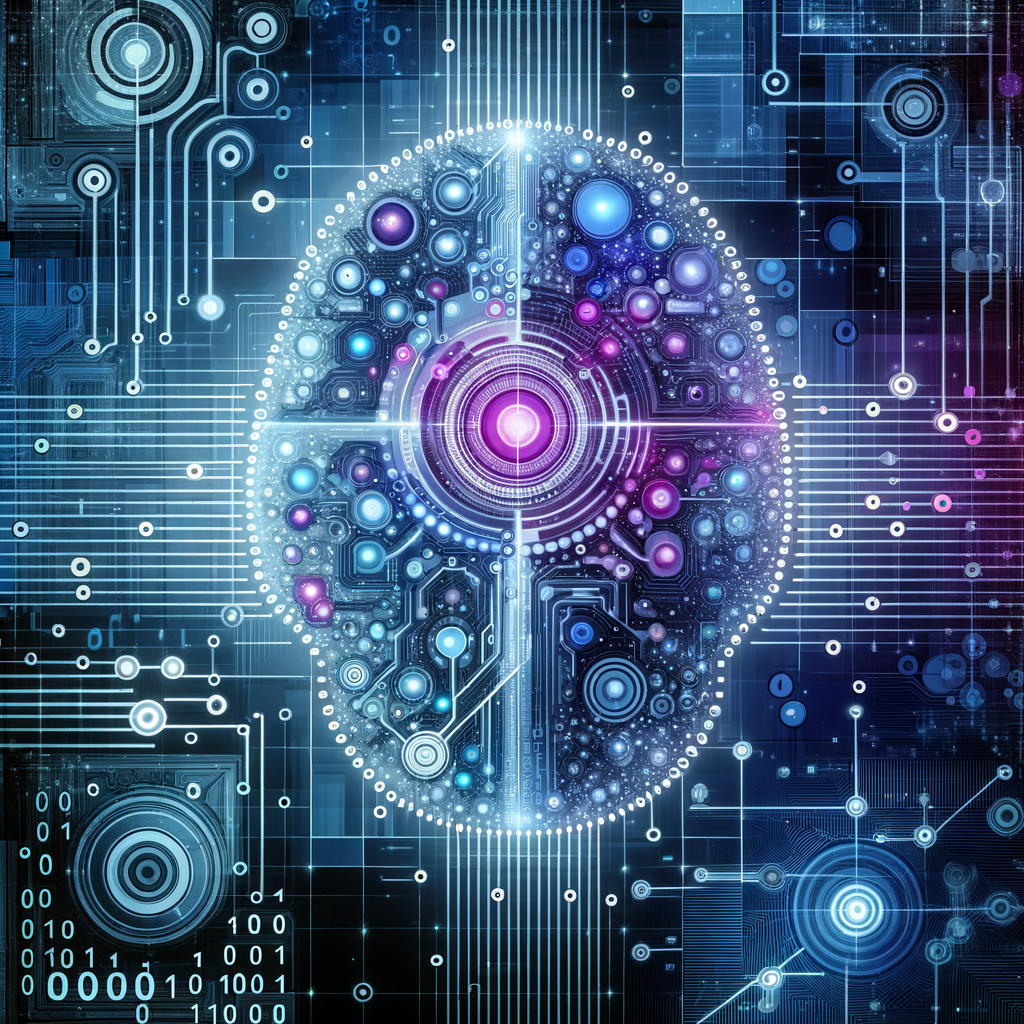
Is It Safe to Use AI? A Casual Conversation About Artificial Intelligence
In this day and age, Artificial Intelligence (AI) is as ubiquitous as the smartphones in our pockets and the virtual assistants patiently awaiting our next command. From personalized recommendations on Netflix to the voice emanating from your Amazon Echo, AI is integrated into the fabric of our daily lives. But sometimes, as we marvel at the latest AI-generated images or gush over the convenience of AI-powered services, a question nags at the back of our minds: Is it safe to use AI?
Now, let’s have a casual chit-chat about AI’s safety, and while we’re at it, let’s address those glossy ai generated pictures you’ve probably seen floating around the internet.
First off, it’s essential to understand that AI, like any form of technology, comes with its own set of risks and rewards. Safety often boils down to how we use the technology and the safeguards we put in place. The conversation around the safety of using AI is layered, often encompassing data privacy, personal safety, misinformation, and even the existential risks associated with very advanced AI systems. Let’s unpack these one by one.
Data Privacy: When we interact with AI systems, we generally provide them with our data. This could come from our online activity, the pictures we upload, or the voice commands we give to our smart devices. The concern here is about how much of our personal information is being collected, who has access to it, and for what purpose it’s being used. Safe to use AI should align with robust data protection policies that ensure our information is not misused or exposed to unnecessary risks.
Take AI-generated images, for instance. There are platforms out there capable of conjuring up stunning visuals based on a few descriptive words, and while this might seem magical, it’s important to question where the data to create these images is coming from. Are they scraping the internet for pictures that might include private individuals without their consent? It’s worth digging around the terms of service to find the answers and determine if you’re comfortable with the tradeoff between usage and privacy.
Personal Safety: AI systems have the potential to protect and also compromise our personal safety. Think about self-driving cars – they could reduce accidents caused by human error but also pose a risk if they malfunction or aren’t properly secured against external hacks. Ensuring the safety of AI in these contexts involves rigorous testing, transparent safety protocols, and a continuous improvement approach to tackle any issues that may arise.
Misinformation: AI has a dark side too — the ability to generate deepfakes and synthetic media that can be nearly indistinguishable from authentic content. These fabricated images, videos, and audio recordings can spread misinformation and cause confusion among the public. Ensuring the safety of using AI means being vigilant about the content we consume and promoting digital literacy that helps people identify and question potentially AI-generated forgeries.
Existential Risks: This might feel like sci-fi territory, but it’s a genuine concern among some AI thought leaders. As AI systems become more advanced, there’s worry that without proper ethical guidelines and constraints, they could surpass human intelligence and perhaps even become uncontrollable. While we’re not in the realm of sentient AI just yet, taking steps to ensure safe to use AI means looking ahead and laying down ethical foundations that future AI innovations will be built upon.
But let’s dial it back to today—the AI that lurks in our laptops and lounges in our living rooms. For the most part, if we’re talking about AI tools that help us edit our photos, manage our calendars, or filter spam from our inboxes, they come across as relatively benign. Still, caution and mindfulness should be our guides.
Regarding those slick AI-generated pictures we mentioned earlier, they are generally safe as long as you’re aware of the privacy considerations and potential for misuse. If you’re using these pictures for personal enjoyment or creative inspiration, and you’ve checked out the privacy implications, you’re likely in the clear. Just remember, with great innovation comes a certain level of responsibility to use it wisely and ethically.
In conclusion, AI is like a new friend that’s fun to hang out with, but you’re still getting to know them. Is it safe to use AI? Yes, with the caveat that safety comes with understanding the risks, setting clear boundaries, and continually advocating for responsible use.
As AI continues to evolve, we have the opportunity to shape it into a force for good. After all, it’s in humanity’s hands to harness the power of AI, deploy it safely, and ensure that it upholds the values that matter most to us. And that includes taking proper care of those AI-generated images, which (let’s face it) can be pretty darn cool.
Let’s be the thoughtful stewards of AI, keeping safety in the forefront, and enjoy the ride into the future — one that’s likely to be peppered with more stunning pictures and AI-driven wonders than we can currently imagine.